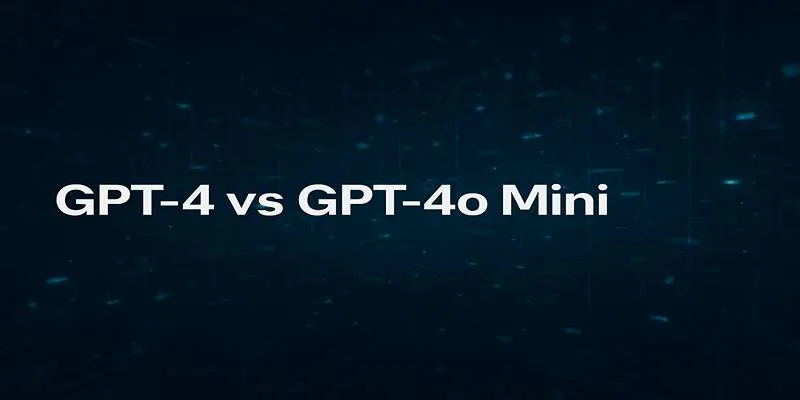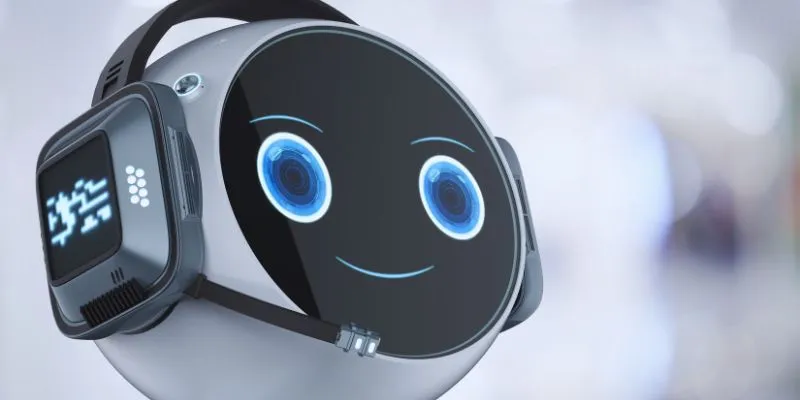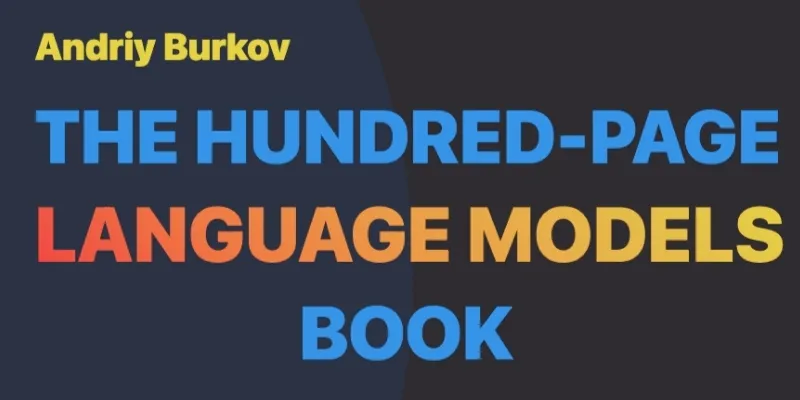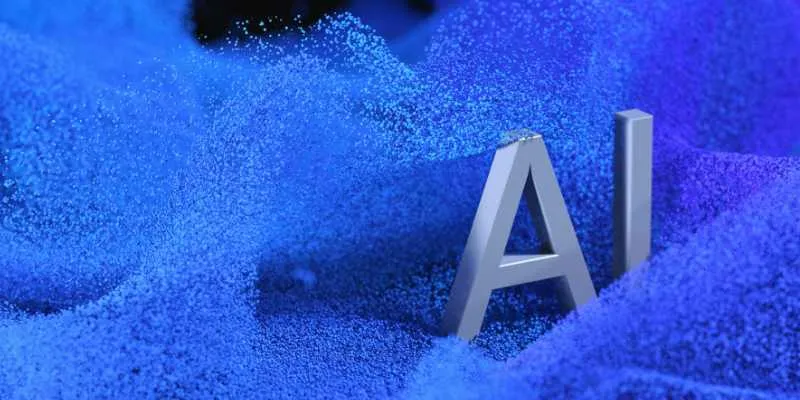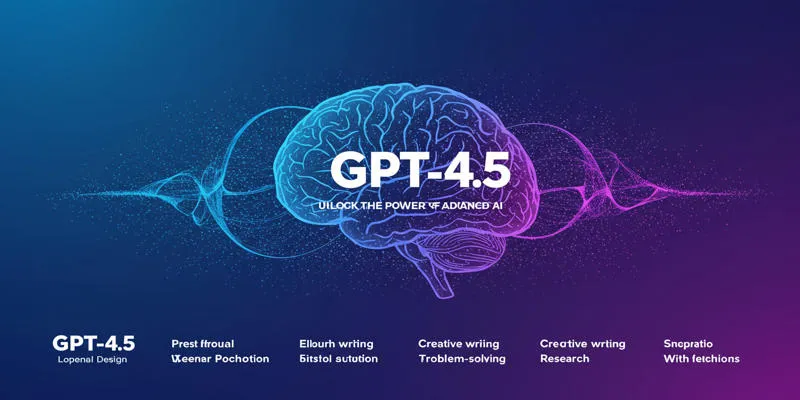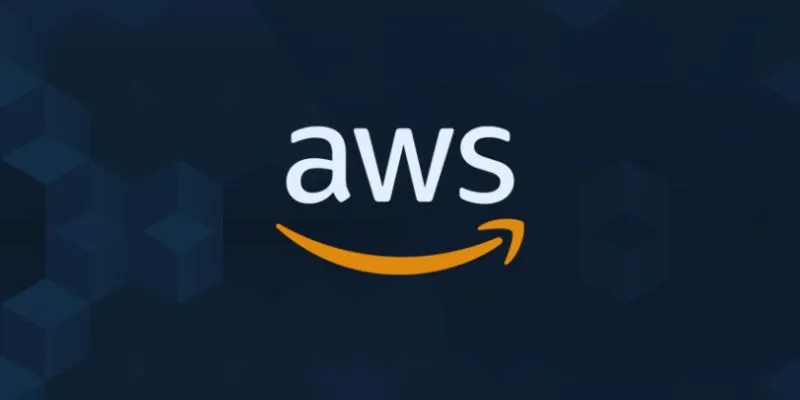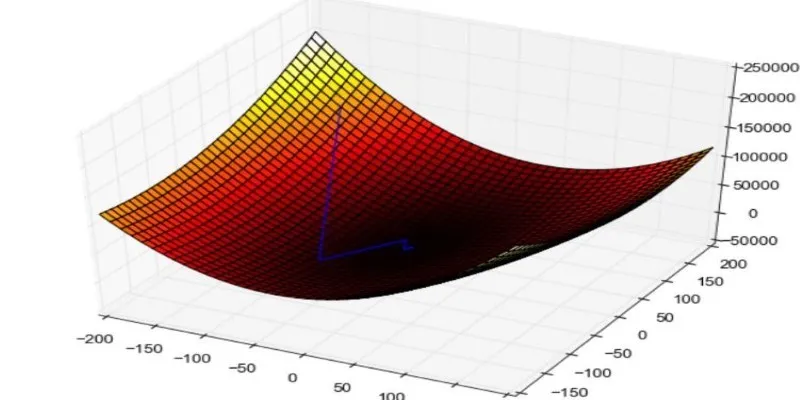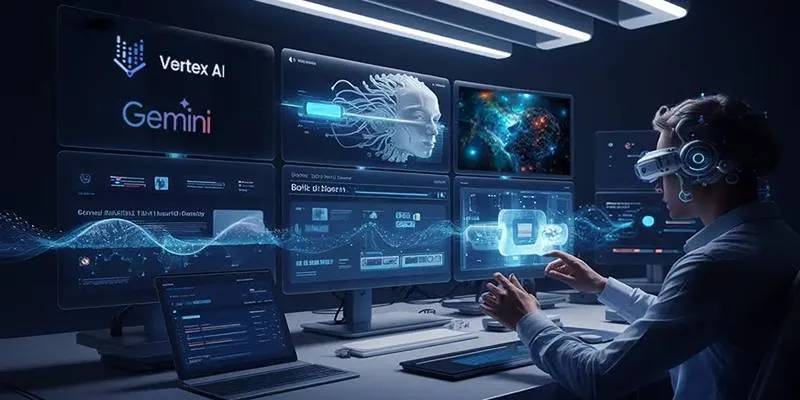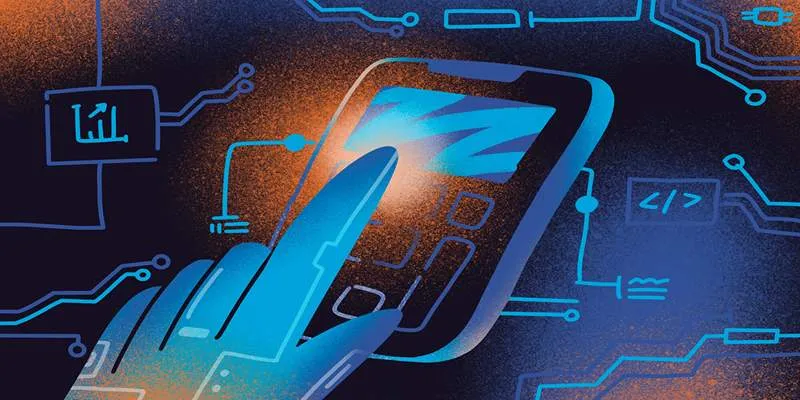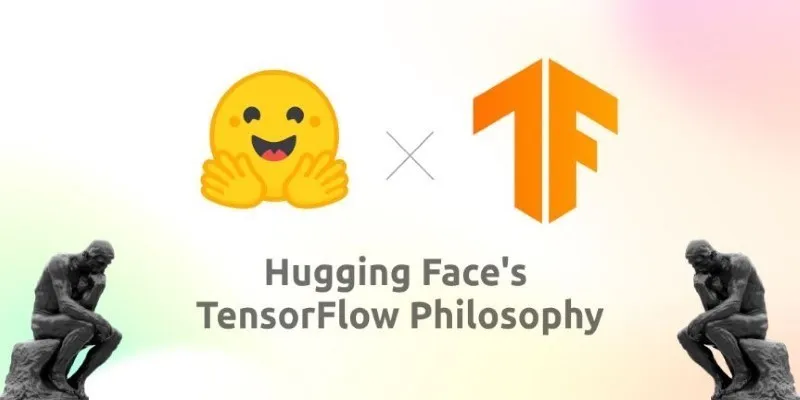In recent years, artificial intelligence has made significant strides, with OpenAI at the forefront. With the release of GPT-4 and subsequent versions like GPT-4o Mini and GPT-4o , AI capabilities have expanded tremendously. All three models share a common lineage but are tailored to meet distinct technological, budgetary, and user needs. Whether you require advanced analysis, chatbot creation, or rapid content generation, this article will help you understand their differences in clear terms.
What is GPT-4?
OpenAI’s GPT-4 is their fourth-generation language model, renowned for its ability to grasp context and provide accurate responses across diverse topics. It powers ChatGPT Plus and excels in:
- Complex coding
- Nuanced content generation
- Logical and creative writing
- Advanced reasoning and comprehension
GPT-4 is the preferred model for users needing high levels of accuracy and reliability. However, its size and processing demands make it the most resource-intensive and expensive option.
What is GPT-4o?
GPT-4o, short for GPT-4 “omni,” is OpenAI’s multimodal model that integrates language, vision, and audio capabilities into one architecture. Though based on GPT-4, it is optimized for real-time interaction and efficient deployment.
Key enhancements of GPT-4o include:
- Faster response times
- Improved support for audio and visual input
- More conversational fluency
- Lighter computational load than GPT-4
GPT-4o offers a balance between the power of GPT-4 and the speed of GPT-3.5, making it ideal for applications that require quick, natural interactions.
What is GPT-4o Mini?
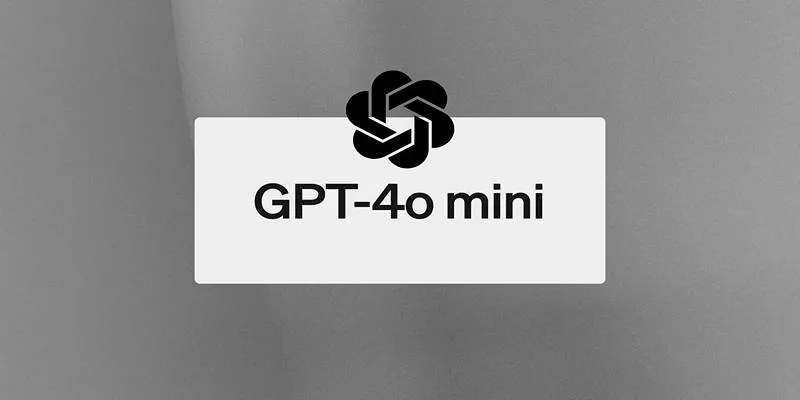
GPT-4o Mini is a scaled-down version of GPT-4o. It retains many of the multimodal and real-time features but in a smaller, lighter package. This version is designed for developers and businesses with tighter budgets or low- power hardware requirements.
Advantages of GPT-4o Mini include:
- Faster token generation
- Lower latency
- Reduced infrastructure cost
- Usability on edge devices or mobile apps
Although it may not match the full sophistication of GPT-4 or GPT-4o, GPT-4o Mini remains powerful enough for general use cases.
Shared Features: What They All Have in Common
Despite their differences, all three models share several key foundations that make them powerful AI tools:
- Transformer Architecture: Each model uses a variant of the Transformer architecture, allowing them to handle large chunks of text while maintaining contextual understanding.
- Pre-training on Large Datasets: Trained on diverse datasets—books, websites, conversations—they’re fluent in multiple languages and can generalize across a wide range of topics.
- Alignment via RLHF: All three models are fine-tuned using Reinforcement Learning with Human Feedback, which helps them align better with human expectations and reduce biased or harmful responses.
- Multimodal Abilities: GPT-4o Mini and GPT-4o natively support multimodal input (e.g., voice and images), while GPT-4 supports it through connected systems.
- Content Safety: OpenAI has embedded safeguards to reduce the risk of misuse, including moderation filters and bias-mitigation techniques.
GPT-4 vs. GPT-4o Mini vs. GPT-4o: Core Differences Explained
With multiple versions of GPT-4 available, it’s crucial to understand what sets each one apart. While they share the same core architecture, their capabilities, speed, and costs differ significantly.
Shared Technology Foundation
GPT-4, GPT-4o, and GPT-4o Mini are built on the same foundation: the Transformer architecture. This enables them to understand long-form context and generate natural, human-like responses. Each model is pre-trained on massive datasets containing diverse language sources and then fine-tuned using RLHF (Reinforcement Learning from Human Feedback) to better align responses with user intent. They also include built-in safety systems to filter out harmful or inappropriate content.
Model Size and Complexity
GPT-4 is the largest among the three, estimated at over 175 billion parameters. It’s designed for complex reasoning, content generation, and critical analysis. GPT-4o builds on GPT-4’s strengths but adds multimodal abilities—processing not just text, but also images and audio—while maintaining better efficiency. In contrast, GPT-4o Mini is a compact version with around 1.5 billion parameters. Though smaller, it offers solid performance for lightweight tasks.
Performance and Best Use Cases
Each model serves a different purpose depending on the complexity of your task. From high-level research to casual chatbot responses, there’s a version that fits just right.
When deep accuracy is critical—like in legal, research, or medical applications—GPT-4 or GPT-4o are better choices. GPT-4o stands out further with its ability to handle voice and image input, making it ideal for smart virtual assistants and interactive apps. For more everyday uses like chatbots, basic content generation, or mobile tools, GPT-4o Mini is fast, efficient, and affordable.
| Model | Strengths | Best For |
|---|---|---|
| GPT-4 | Deep analysis, precision | Research, business tools |
| GPT-4o | Multimodal, smart, responsive | AI assistants, voice-based apps |
| GPT-4o Mini | Fast, cost-effective, lightweight | Chatbots, small-scale applications |
Speed, Latency, and Cost
Speed and pricing often determine the best fit for real-world projects. GPT-4o Mini shines in real-time responsiveness, with faster token generation and lower latency—ideal for customer service or speech applications.
GPT-4 and GPT-4o are a bit slower due to complexity, though GPT-4o is more optimized than GPT-4. In terms of pricing, GPT-4 is the most expensive, GPT-4o is more efficient for its capabilities, and GPT-4o Mini is the most budget- friendly—perfect for startups or personal projects.
Key Differences Breakdown
| Feature | GPT-4 | GPT-4o | GPT-4o Mini |
|---|---|---|---|
| Parameters (approximate) | 175B | Optimized (smaller) | ~1.5B |
| Speed | Moderate | Fast | Very Fast |
| Accuracy | Very High | High | Moderate-High |
| Multimodal Support | Partial (via GPT-4o) | Full (text, image, audio) | Limited (lightweight) |
| Cost | High | Moderate | Low |
| Use Case Suitability | Research, enterprise | General apps, chatbots | Lightweight apps |
| Deployment | Cloud/Server | Cloud/Mobile | Edge/Mobile |
Which One Should You Choose?
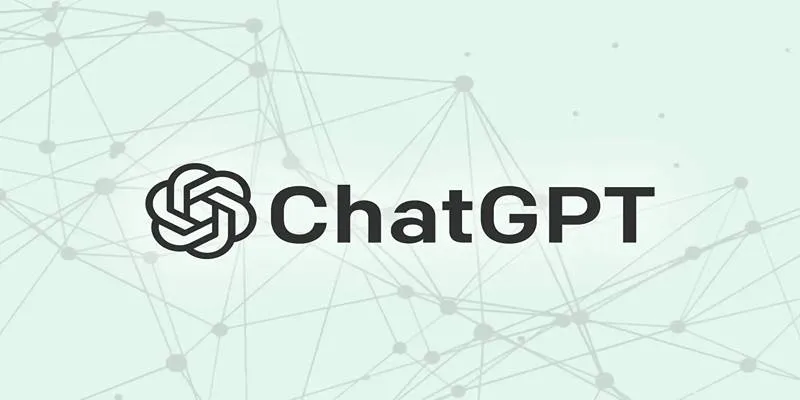
Choosing between GPT-4, GPT-4o, and GPT-4o Mini depends on your project’s complexity, budget, and performance needs. Here’s how to decide:
Go with GPT-4 if:
- Your project demands top-tier reasoning and language generation.
- Budget is not your primary concern.
- You’re building for law, medicine, or academic research.
Choose GPT-4o if:
- You want fast responses without sacrificing too much quality.
- You need native multimodal support.
- You’re building consumer-facing apps or AI interfaces.
Opt for GPT-4o Mini if:
- You’re working with tight budgets.
- You need real-time interaction in lightweight environments.
- Your use case is relatively simple (e.g., customer service chatbots, basic summaries).
Conclusion
When comparing GPT-4 vs GPT-4o Mini vs GPT-4o, the right model comes down to your use case, budget, and performance needs. GPT-4 brings unmatched depth and is still the go-to for highly technical or research-heavy applications. GPT-4o, with its blend of power, speed, and multimodal intelligence, is perfect for most smart applications today. GPT-4o Mini, meanwhile, offers fast, budget-friendly access to OpenAI’s powerful language capabilities.
In the end, it’s less about which one is “better” and more about which one is better for you. Whether you need scale, speed, or sophistication, there’s now a GPT model that fits like a glove.
 zfn9
zfn9
